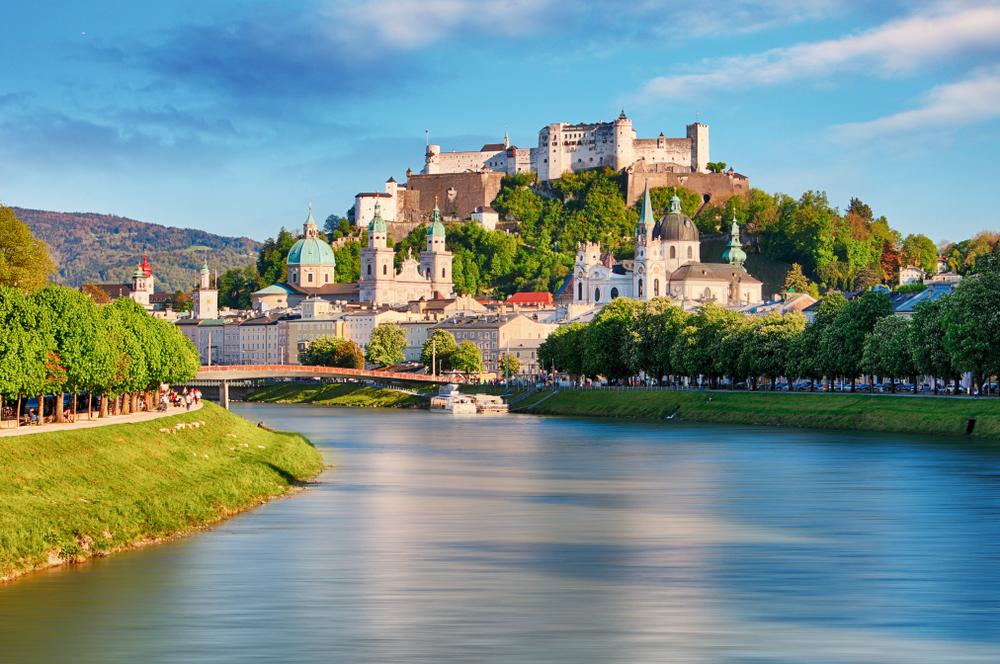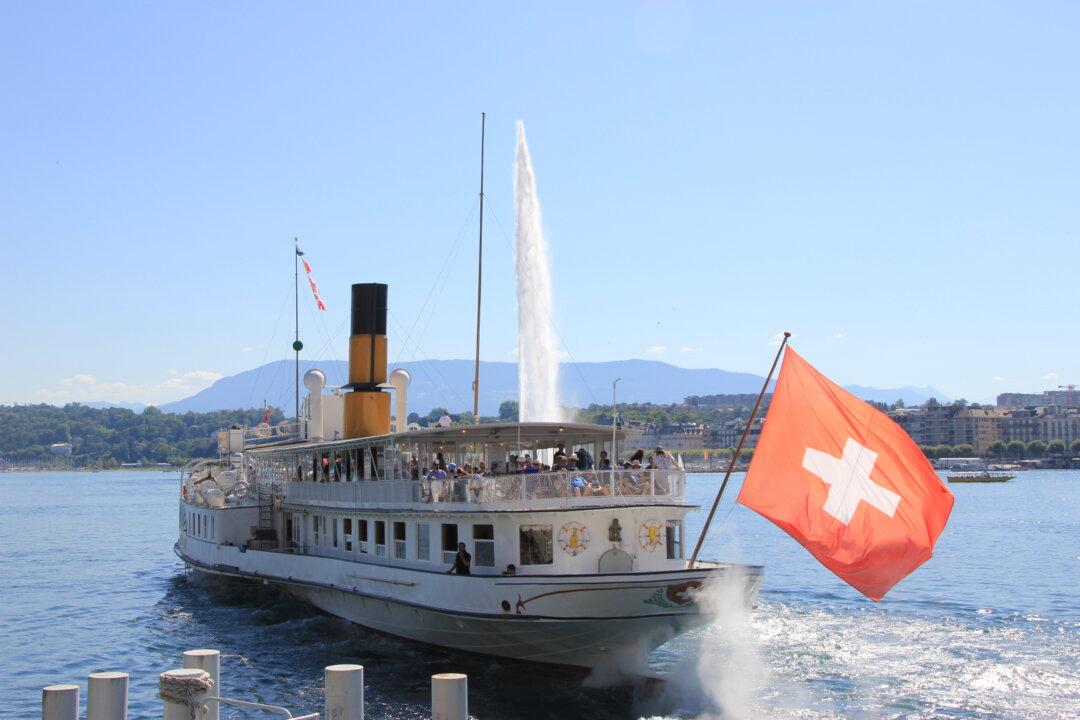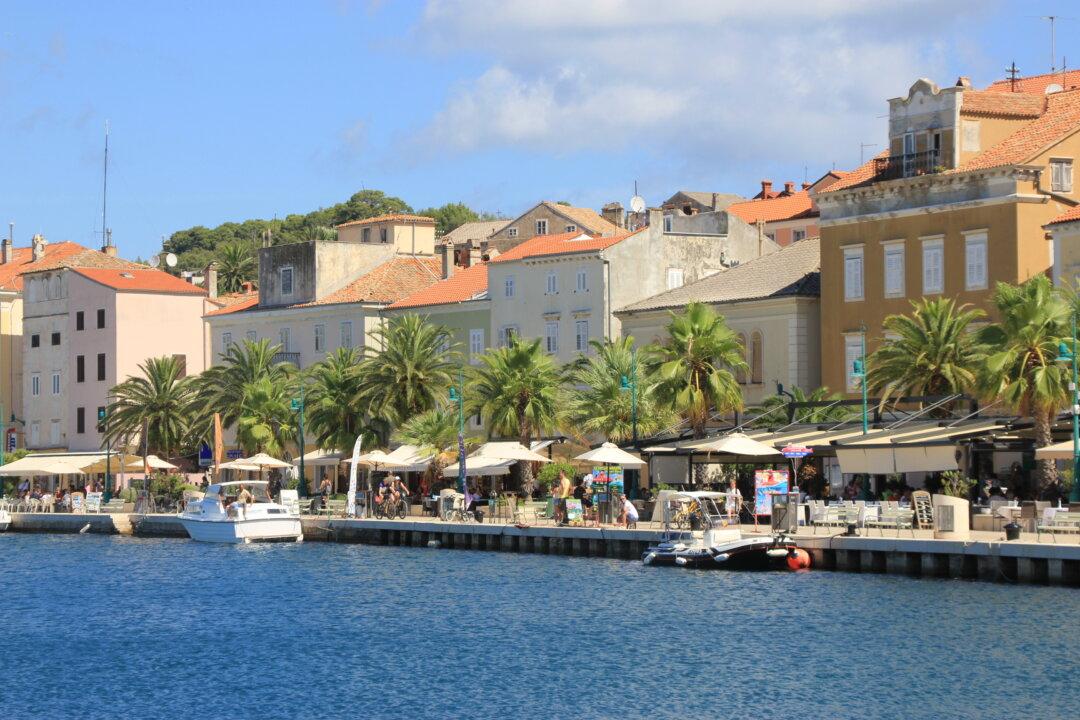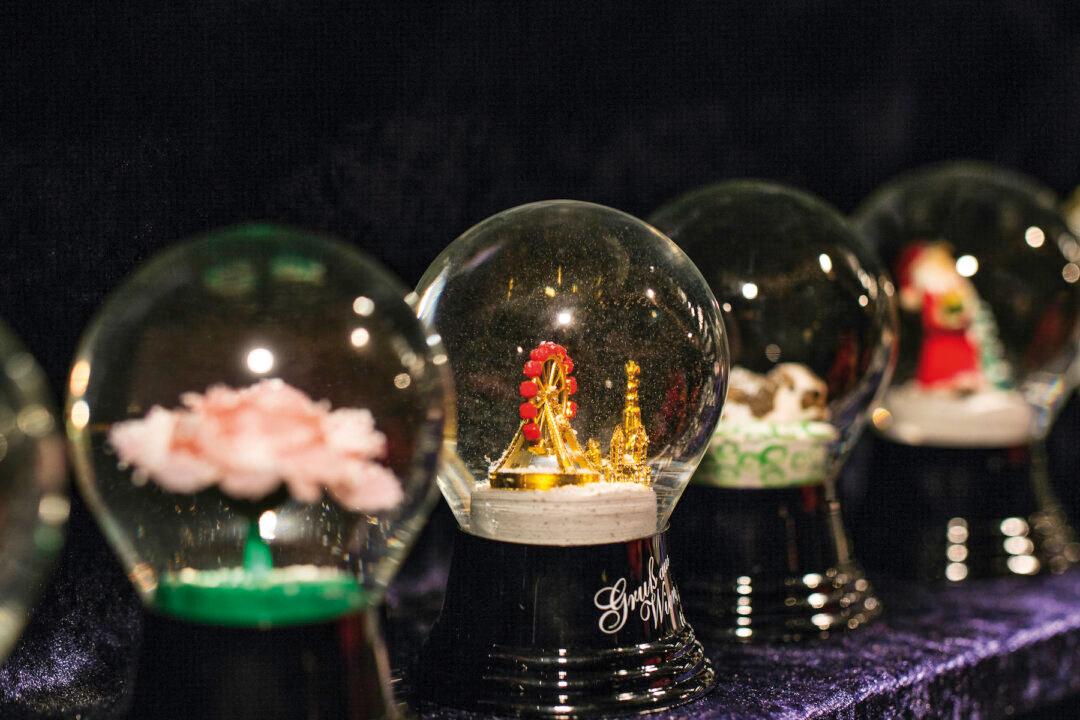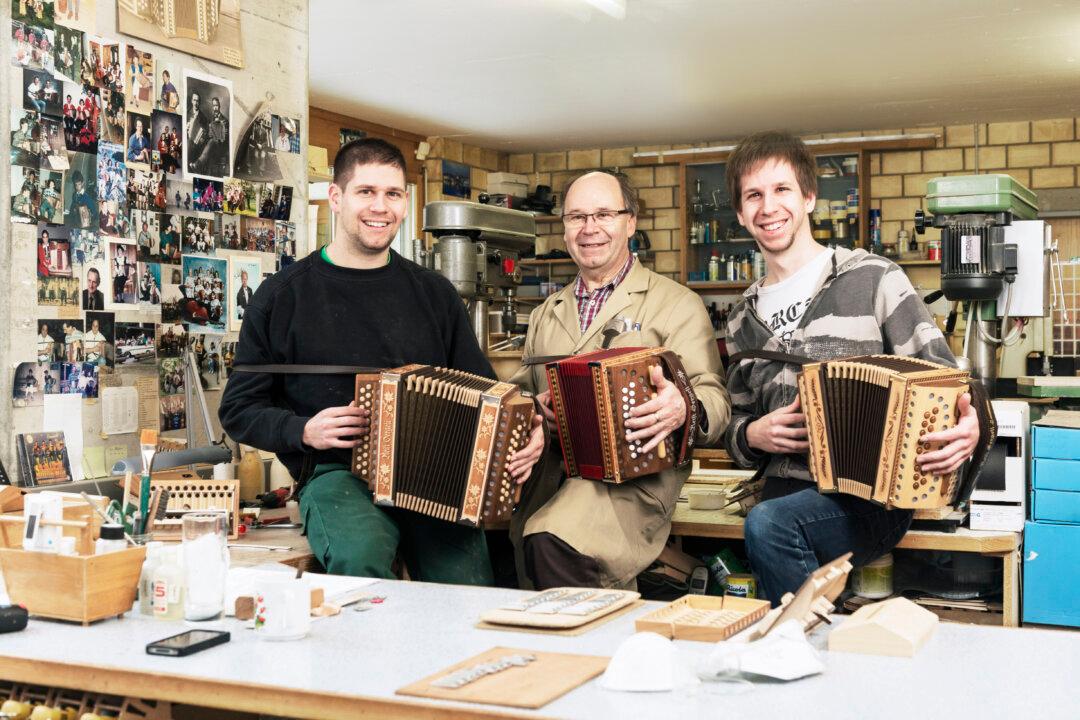“Oh, is it the one with the kittens and mittens?” my husband asked as city guide Michaela Muhr began to talk about “The Sound of Music” as we walked through the streets of Salzburg. While the movie is famous around the world, most people in Austria don’t have any idea what Julie Andrews’s favorite things are. In fact, according to Muhr, it wasn’t until 2002 that the film premiered on national television.
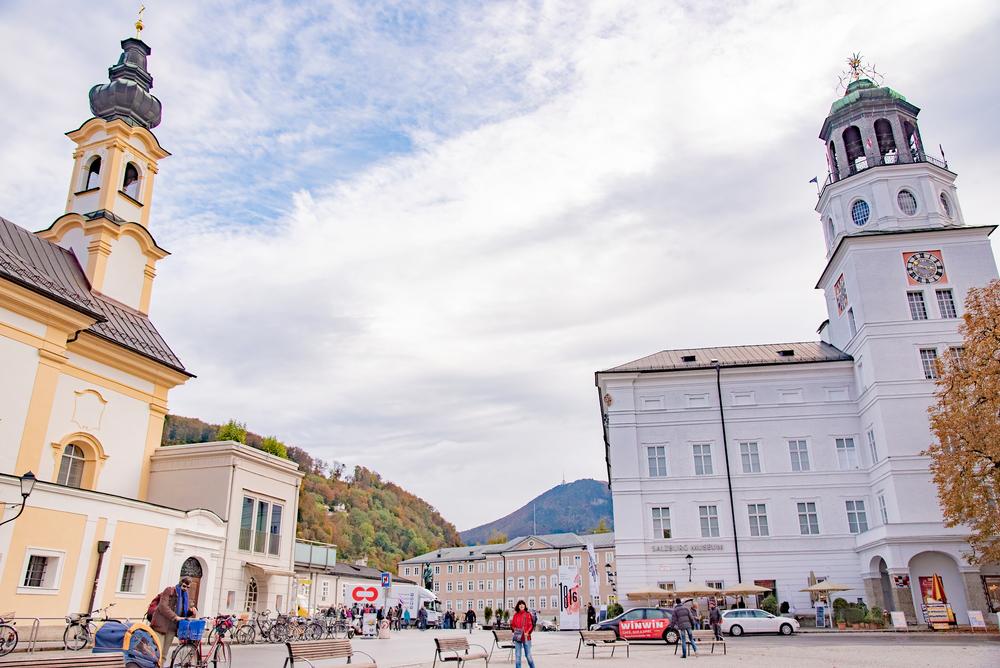
Salzburger Weihnachtsmuseum and Salzburg Museum at Residenzplatz square. BeautifulBlossoms/Shutterstock

